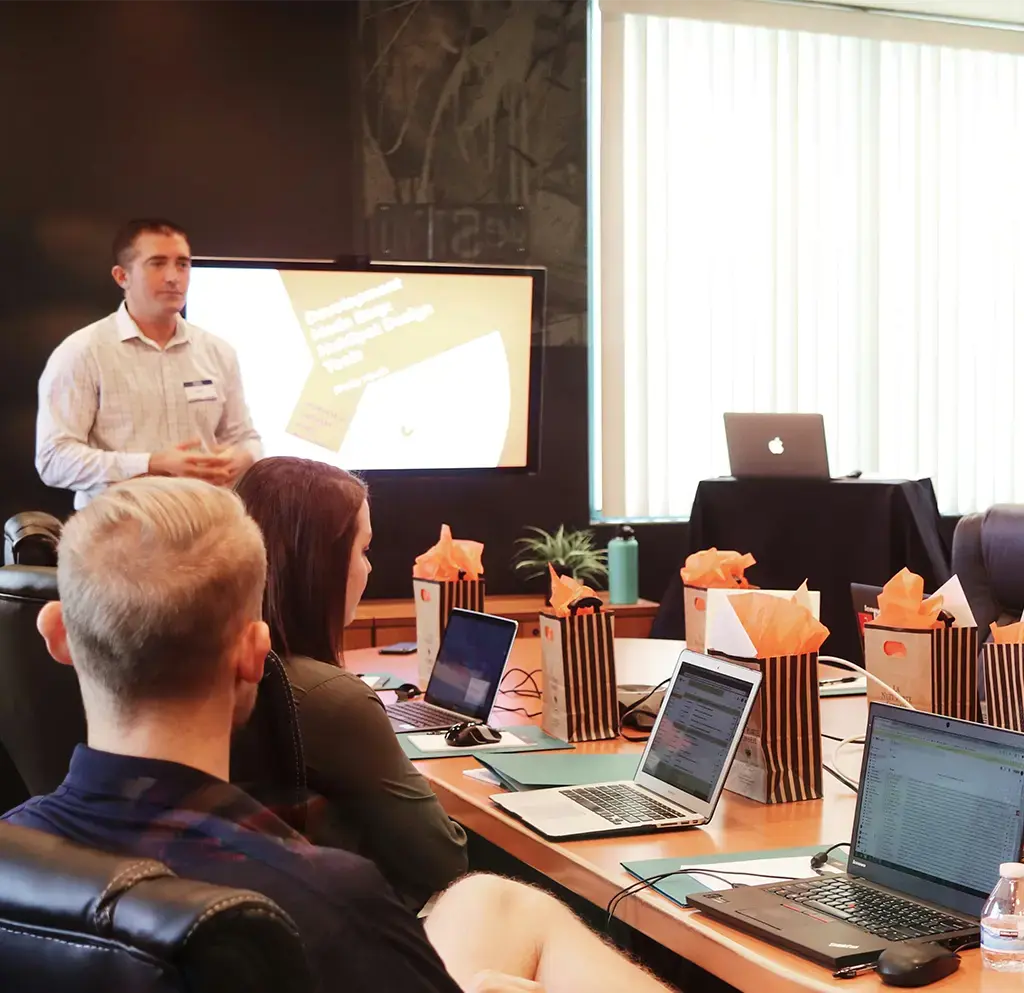
Challenge
By early 2025 the organisation’s claims platform had plateaued. With 40% of processing tied up in manual exception handling and no way to re-enter broken claims into automation, their STP model was becoming unsustainable.
Outcome
In less than three months we designed and delivered a roadmap that improved automation accuracy, accelerated processing and created a scalable foundation for AI-driven learning.
A leading Australian insurer supporting disability care providers was struggling to scale its claims automation. By partnering with us, the organisation increased straight-through-processing (STP), reduced manual workload and laid the groundwork for AI-enabled exception handling.

Putting people at the centre of automation
This insurer plays a critical role in ensuring disability care providers in Australia are paid accurately and on time through the National Disability Insurance Scheme (NDIS). As volumes grew, its ability to process claims efficiently was under pressure. Manual intervention was slowing turnaround times, adding cost and creating frustration for both staff and providers. The business knew it needed a sustainable way to scale automation while safeguarding accuracy and compliance.
At a glance
- Faster processing times: through optimised queuing and exception routing
- Scalable savings trajectory: reducing near-shore workforce needs considerably within 12 months
- Future-ready foundation: targeting 70–80% STP with AI learning and orchestration

Finding the scope to scale
Exception fatigue was rising as frontline teams faced repetitive manual triage. Duplicate detection was limited and claims that failed automation dropped out of the process entirely. Without robust governance or clear visibility, workflows created friction and the platform could not support further automation or AI integration.
Charting a course to sustainable automation
Endava’s approach combined structured discovery with a technical audit. Working directly with operations teams, we identified numerous pain points, business rules and initiatives. This dual-track model ensured both business processes and the underlying platform were aligned for change.

Foundations for visibility
We mapped workflows, introduced structured exception parcelling and developed lifecycle tracking to improve ownership and accountability. New dashboards and KPIs gave the client the tools to monitor and measure progress.
Business–technology alignment
A centralised business rules catalogue improved triage, reduced variation and established shared definitions and risk controls. This alignment ensured governance was embedded across both technology and business functions.
Roadmap to scale
A quantified roadmap set out both quick wins and long-term gains. An initial investment delivered a 5% uplift in STP, while a broader investment programme is projected to double efficiency and pave the way to 80% STP.

Results that matter
The programme has already delivered:
- Higher STP rates within two months
- Reduced manual triage: enabled by OCR and duplicate detection
- Improved accuracy: with automated corrections and pre-validation
- Scalable savings: with a trajectory to 70% STP within 12 months
Beyond immediate results, the organisation now has a clear path towards AI-driven exception learning, provider self-service flows and agentic orchestration – ensuring providers are paid faster and more accurately at scale.
Explore the industry
Insurance
From idea to production, we work with carriers, brokers and technology providers to deliver strategic goals and accelerate innovation.

Interesting? We love when people share.